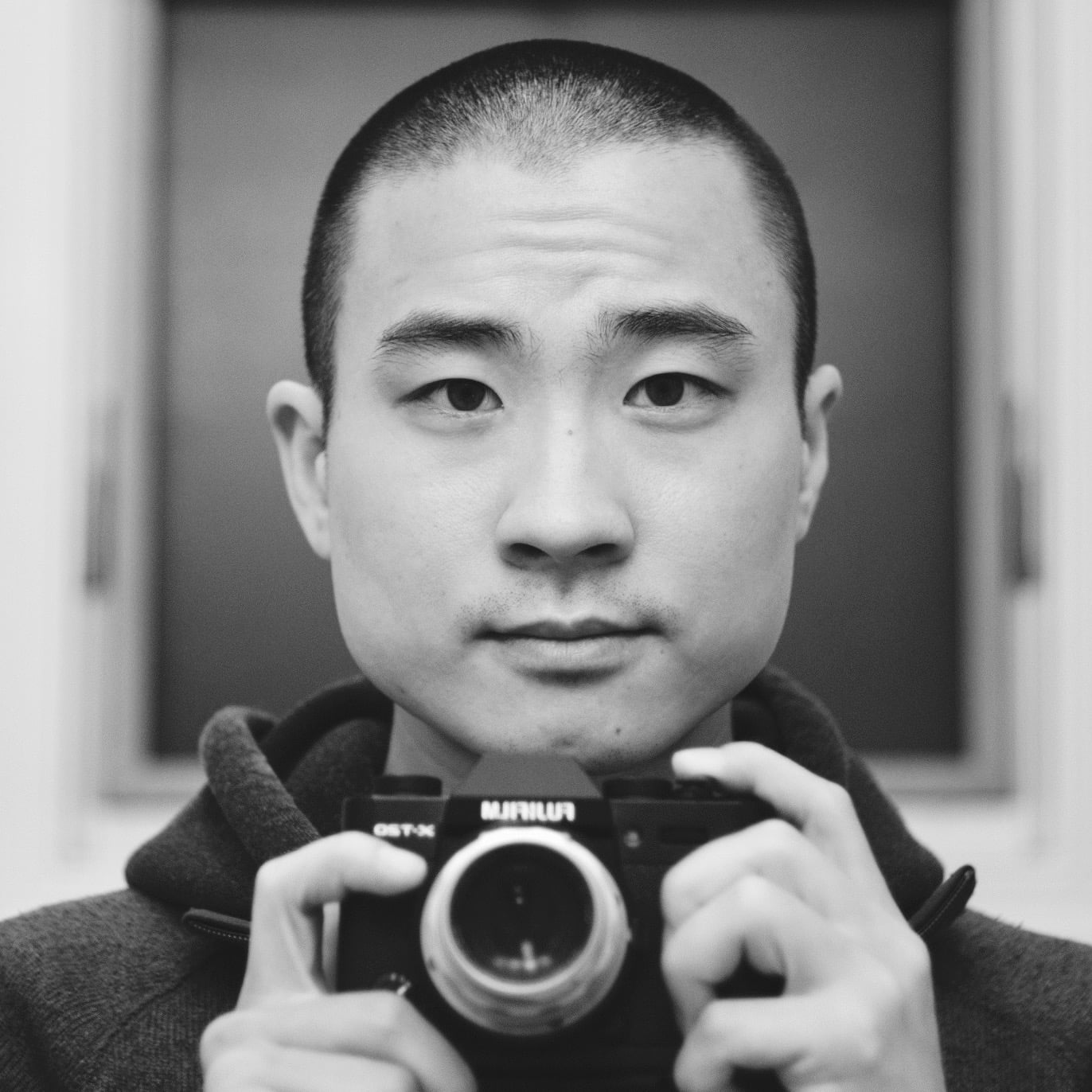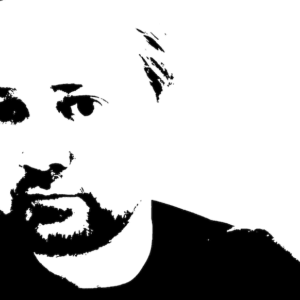Albert Kao of the Santa Fe Institute has been researching collective behavior in animals — including really crazy things like using their own bodies as a bridge to invade a wasp nest. As we mention in the podcast, this absolutely needs to be made into a horror movie if it hasn’t already.
In addition to animal behavior, Albert has also created some really insightful models that find that smaller groups do a better job of converging on accurate information in complex environments — contrary to the well-known “wisdom of crowds” model, where more information entering the system is better.
While the math in these models can be a little bit tricky, there is deep insight here into how our world is organized — from schools of fish to optimal team sizes in organizations to, of course, our current engagement with social media.
Albert, along with several other scholars, has started thinking about how to apply some of the knowledge that folks studying complex systems have about network design and dynamics in order to help guide policy decisions in regulating companies like Twitter and Facebook.
I think this is some of the most important work of our time, since the easy potshots on social media (distraction, vanity metrics, privacy invasion) may not be what we are grappling with — we may instead be grappling with fundamental aspects of hyperconnected networks.
Listen Here
- iTunes
- Overcast
- Google Play
- mp3
- Or stream here:
- If you’re enjoying the show, why not a leave a review? It makes a difference in terms of other people finding the show.
Learn more from Albert here:
- Website: www.thekaolab.com | www.santafe.edu
- Twitter: @albert_kao
Show Notes:
- [01:04] When do we experience the “wisdom of crowds” and when do we experience the “madness of crowds”?
- [08:24] The bizarre collective behavior of ants
- [17:15] When does adding more people make collective decision-making more accurate — and when does it make collective decision-making less accurate?
- [25:52] Mid-sized groups seem to strike the balance between benefitting from the wisdom of crowds without being susceptible to the madness of crowds.
- [37:19] How are academics from the Santa Fe Institute and other areas thinking about making policy recommendations for regulation of social media and other hyperconnected networks?
- [49:06] What do we want our social networks to be optimizing for? Can we design the networks to encourage the behaviors that we want?
- [59:10] Speculation on the ability of modularity in networks to improve creativity in things like music scenes — and the sometimes positive dynamics of rivalries.
- [01:09:10] How to learn more from Albert
Links and Resources Mentioned
- Army Ant Death Spiral
- How do army ants build bridges with no one in charge?
- Conway’s Game of Life
- Play John Conway’s Game of Life
- Condorcet’s jury theorem
- Limits of information for trading and investing | overconfidence vs. accuracy
- “The wisdom of partisan crowds” by Joshua Becker, Ethan Porter, and Damon Centola
- Wu-Tang Clan
- Prisoner’s dilemma






2 Responses